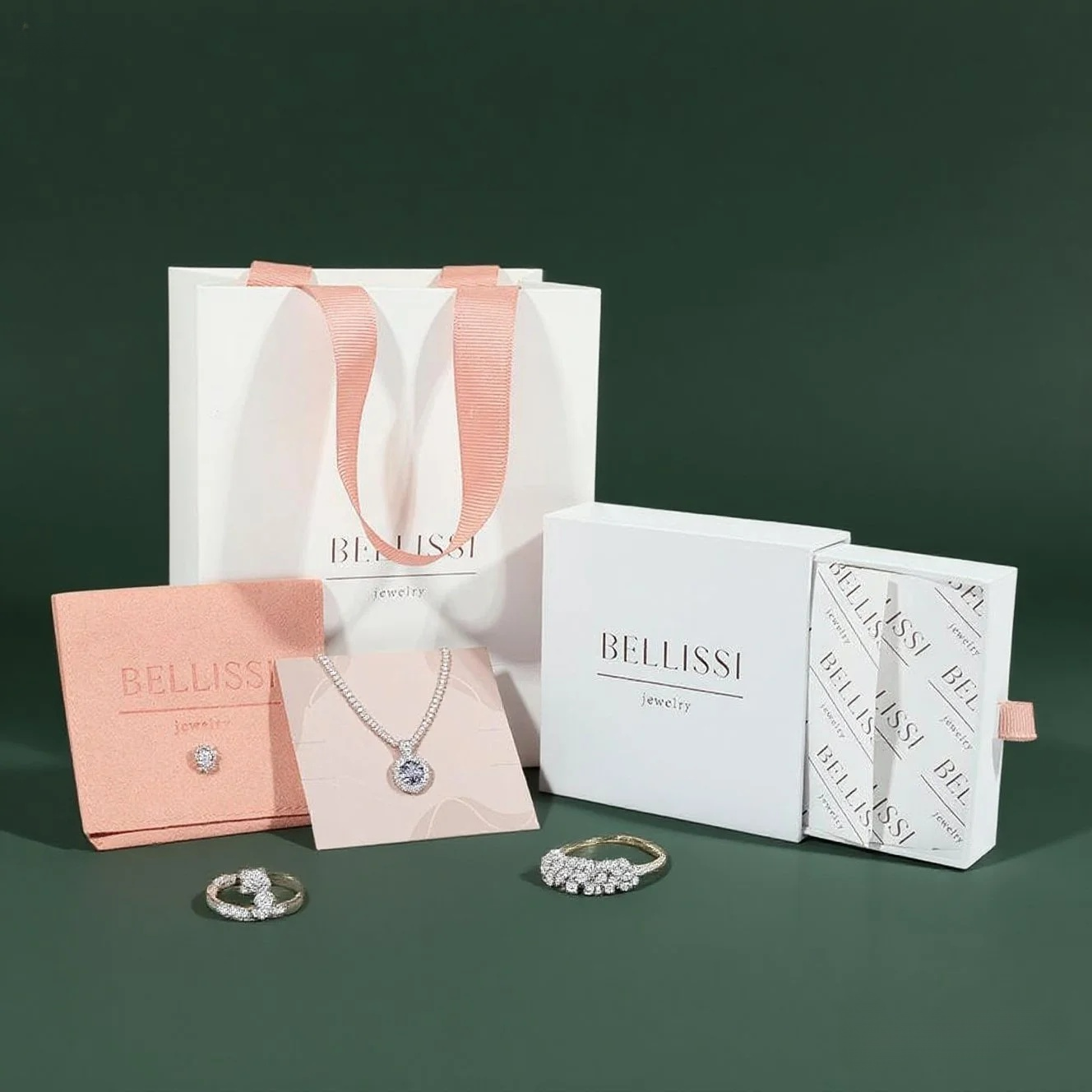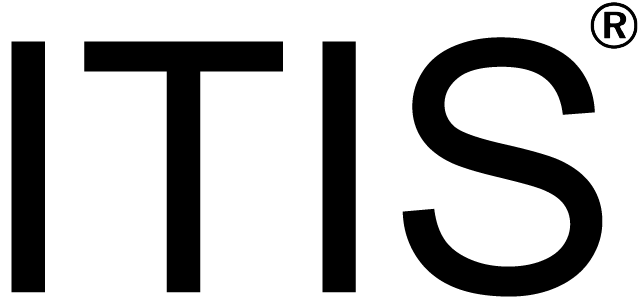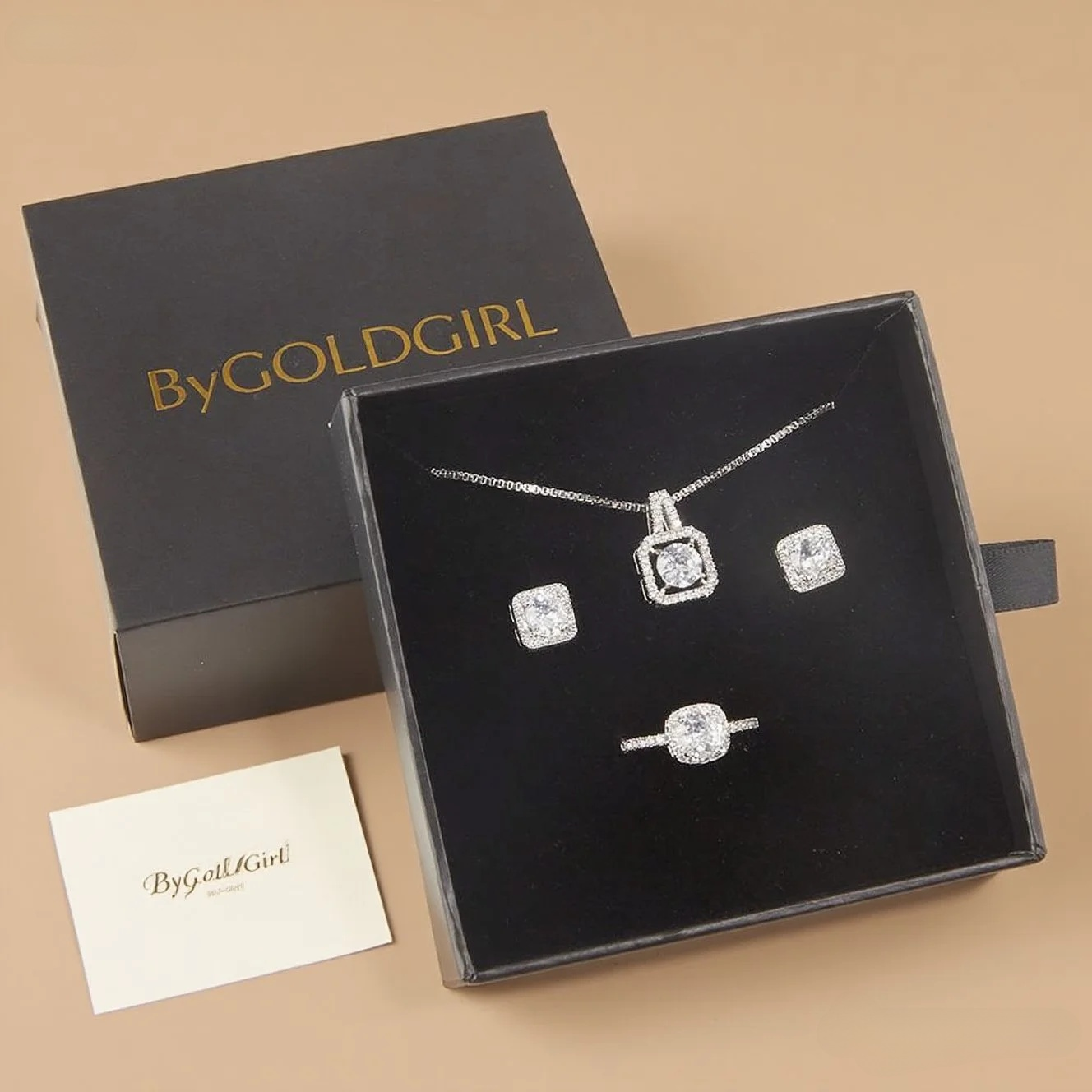Innovation in Contemporary Jewelry Packaging Design
Jewelry Packaging trends today emphasize sustainability sensory unboxing experiences and personalized touches that elevate both product and brand perception. Designers focus on eco-friendly materials reusable formats and aesthetic minimalism to meet customer expectations. Rich textures metallic finishes and embossed details create luxury without excess. Practical features like protective inserts and modular components ensure safety and flexibility. Smart packaging integrating NFC or light features engage customers digitally. Thoughtful personalization through monograms or messages adds emotional resonance. These combined trends support brand storytelling and enhance customer loyalty. The focus remains on creating packaging that delights at first sight and serves long-term utility without unnecessary waste.
Eco‑Conscious Materials and Minimalist Design
Sustainable Materials That Don’t Compromise Luxury
Sustainable materials like recycled paperboard organic fabrics and biodegradable liners are gaining traction as premium alternatives. These materials can be finished with matte lamination or metallic foil to retain an upscale feel while reducing environmental impact. Minimalist aesthetics help minimize material waste by limiting unnecessary layers or plastic components. Clean exterior finishes with subtle embossing provide visual appeal without excessive decorations. Interior elements like compostable padding or soft organic cotton pouches further reinforce eco-conscious values. Brands can communicate their sustainable commitments through interior printing notes or symbol icons. This approach combines modern design sensibility with ecological responsibility. Customers appreciate packaging that reflects ethical values and remains visually refined.
Minimalist Form Meets Practical Functionality
Minimalist packaging features clean lines simple closures and restrained branding that deliver a refined unboxing experience. Boxes are often slim and compact, reducing material use and shipping volume while maintaining presentation quality. Magnetic closures ribbon pulls or tuck-in flaps offer accessible usability without bulky hardware. Custom inserts support organization for multiple pieces while remaining discreet in design. Elegant finishes such as single-color palettes or foil logos add sophistication to minimalist forms. These designs satisfy both aesthetic appeal and operational efficiency. Packaging that is minimalist yet protective appeals to modern customers seeking simplicity without compromise. Such functional minimalism strengthens brand consistency and supports scalable production operations.

Sensory and Experiential Unboxing Moments
Tactile Textures and Multi‑Sensory Elements Enhance Emotion
Tactile elements like velvet-lined interiors soft-touch coatings and embossed logos stimulate multiple senses during unboxing. Incorporating scented paper or subtle sound effects further elevates the sensory experience. Layers may open sequentially, building anticipation as each reveal unfolds. Packaging may include personalized notes or branded keepsakes like ribbon cards or tokens. These design choices transform unboxing into an emotional experience rather than a functional task. Beautiful sensory details reinforce perceived product value and provoke memorable customer responses. Customers are more likely to share unboxing content when the experience engages more than visuals. This emotional branding extends brand impact beyond the sale itself.
Customization and Personalization That Delight
Personalized touches in packaging create emotional resonance and enhance customer loyalty. Recipient names printed on tags wrapping ribbons or custom note cards make the experience feel tailored. Packaging sleeves may feature seasonal or occasion-specific designs without altering core box structure. Branded ribbons or detachable charms add personal flair. Even small messages in the inner lid can surprise and delight recipients. These details elevate packaging into a personalized gesture. Custom elements encourage customers to share their experience online, extending brand reach. Thoughtful personalization signals care and increases perceived value.
Protective Features Combined With Elegant Design
Secure Inserts and Safety-Focused Interiors
Protective nesting materials and form-fitted inserts prevent jewelry from shifting or scratching during transit and storage. Soft velvet or satin-lined trays hold delicate items in place while preserving visual appeal. Compartments organize multiple pieces such as rings earrings or chains to prevent entanglement. Secure closures like magnets or ribbon ties maintain packaging integrity. Tamper-evident seals or hidden compartments can be added discreetly. These features demonstrate that aesthetics and safety can coexist. Protective design ensures that jewelry arrives in pristine condition, reinforcing brand trust and reliability through thoughtful packaging.
Authentication and Tamper‑Evident Enhancements
Smart tags, holographic seals or QR codes can be embedded in packaging to confirm authenticity and deter tampering. These elements support secure delivery and reassure buyers. Incorporating these features discreetly preserves aesthetic elegance while offering practical security. Visual cues such as embossed logos or hidden stickers blend seamlessly with design. Authentication foils or serial numbers may be printed on inner labels. These layers reinforce perceived value and discourage counterfeit attempts. Elegant packaging that integrates functional security builds trust without compromising luxury appeal.
Material and Texture Innovations in Branding
Rich Textures and Premium Feel Interiors
Luxurious linings such as plush velvet silk satin or microfiber add tactile appeal and protect jewelry. Exterior covers may feature matte finishes metallic foils or soft-touch coatings for a high-end impression. The sensory contrast between textured interior and smooth exterior enhances perceived value. Color coordination between box exterior and interior fabric reinforces brand identity. Subtle embossing complements these materials without overwhelming design. Material choices reflect product quality and attention to detail. Textural excellence distinguishes packaging in a crowded market.
Layered Visual Effects Through Finishing Touches
Combining matte, foil stamping embossing and soft-touch laminations creates depth and visual complexity. Raised logos ring edges or lid patterns offer tactile engagement. Metallic foils on dark textured surfaces produce striking contrast. Letterpress details add craftsmanship and sophistication. These subtle finishes do not overload the design but elevate perception. Carefully layered finishes signal refinement and quality. These finishing techniques are efficient to produce yet deliver a premium feel. Enhanced visual depth supports cohesive brand storytelling.
Modular and Scalable Packaging Structures
Stackable and Collapsible Designs for Storage Efficiency
Compact, collapsible jewelry boxes and stackable sleeves optimize shipping and storage. Drawer-style boxes or foldable trays reduce inventory footprint. Modular components can be reassembled into promotional bundles or multi-piece sets. This design supports scalability and maintains visual cohesion. Packaging that can be collapsed without damage enhances logistics flexibility. Retailers benefit from easy restocking and brand consistency. Scalable modules support different product lines without complicated new designs.
Insert Flexibility for Multiple Jewelry Configurations
Interchangeable foam or fabric inserts accommodate different item types—rings necklaces bracelets—in the same outer shell. This adaptability simplifies packaging management across varying SKUs. Inserts can be color-coded or themed for seasonal editions. Modular inserts reduce waste and support customized kits without redesigning outer boxes. Flexibility supports bundle promotions or limited editions while maintaining core packaging structure. Reusable components enhance sustainability and brand consistency.
Emerging Technologies and Interactive Packaging
NFC and Smart Tagging for Customer Engagement
Smart jewelry packaging incorporating NFC chips or QR codes enables digital interaction on unboxing. Customers can unlock product registration, care guides, or loyalty offers via their smartphones. These technologies offer post-purchase engagement without visible hardware. NFC tags can be placed under liners or within sleeves discreetly. This seamless feature enhances brand interaction while preserving aesthetic purity. It attracts digitally inclined customers without compromising tactile elegance.
Light and Sound Activated Reveal Experiences
Innovations like LED lighting or music-triggered reveals heighten the unboxing moment. Gentle illumination inside the box or soft chimes during opening add emotional impact. These features may be subtle—activated by lid opening sensors. This sensory enhancement transforms packaging into a performance. It increases shareability on social platforms as recipients share the experience. Intelligent features must align with elegant design to avoid appearing gimmicky. When executed tastefully they amplify luxury impression.
Demographic-Centric and Occasion-Specific Packaging Design
Gender-Neutral Styles for Broad Appeal
Neutral color palettes minimalist layouts and universal iconography broaden packaging appeal to all genders. This trend reflects inclusive branding strategies favored by modern consumers. Clean typography and understated design avoid overt gender cues. Occasion-specific inserts or labels personalize the experience without altering core components. This approach resonates across diverse customer segments. It supports repeat use for gifting or storage while maintaining brand tone.
Thematic Packaging for Celebrations and Milestones
Seasonally themed sleeves, gift tags or sleeves celebrate holidays birthdays anniversaries or proposals. Occasion-driven elements create emotional relevance and drive limited-time interest. Packaging stays fresh through small updates without major redesign. Holiday-themed gift boxes or proposal packages can include printed messages or motifs. The core structural design remains consistent but seasonal wrapping offers novelty. This approach encourages social sharing and repeat purchases around events.
Operational Efficiency and Practical Production
Cost‑Effective Yet Refined Production Methods
Luxury appearance need not require expensive materials or complex processes. Designers use modular components standardized inserts and bulk printing to balance cost with quality. Efficient formats such as die-cut shapes and printable liners accelerate fulfillment. Budget-friendly materials like fine cardstock or satin ribbons can achieve elegant effect. Clever design choices reduce labor time without impacting perceived value. Scalability remains practical even for small brands.
Easy Assembly and Streamlined Logistics
Packaging design emphasizes snap-fit lids ribbon closures or foldable styles to reduce assembly time. Inserts may slide in without tape or glue. Boxes are designed to nest and ship flat without degradation. Simplifying production workflows supports quick turn-around and reduces error. Efficient packaging reduces fulfillment delays. It facilitates e-commerce integration and supports omnichannel experiences.
FAQ
What are the hottest trends in jewelry packaging design
Latest Jewelry Packaging trends include eco-conscious materials minimalist aesthetics personalized unboxing experiences smart features like NFC and light triggers and modular designs that support scalability.
How do sustainable materials impact customer perception
Sustainable packaging made from recycled or compostable materials resonates with eco-aware consumers It conveys ethical values and supports luxury branding when paired with elegant finishes such as foil or embossing.
Is it possible to integrate technology into packaging without losing refinement
Yes discreet integration such as embedded NFC tags or subtle LED lighting can enhance unboxing without compromising luxury feel These smart features add value while maintaining elegance.
Why is modular design important for jewelry packaging production
Modular Jewelry Packaging allows for interchangeable inserts stackable forms and easy scaling across different SKUs It supports promotional campaigns and reduces production complexity while preserving consistent brand identity.
Table of Contents
- Innovation in Contemporary Jewelry Packaging Design
- Eco‑Conscious Materials and Minimalist Design
- Sensory and Experiential Unboxing Moments
- Protective Features Combined With Elegant Design
- Material and Texture Innovations in Branding
- Modular and Scalable Packaging Structures
- Emerging Technologies and Interactive Packaging
- Demographic-Centric and Occasion-Specific Packaging Design
- Operational Efficiency and Practical Production
- FAQ



